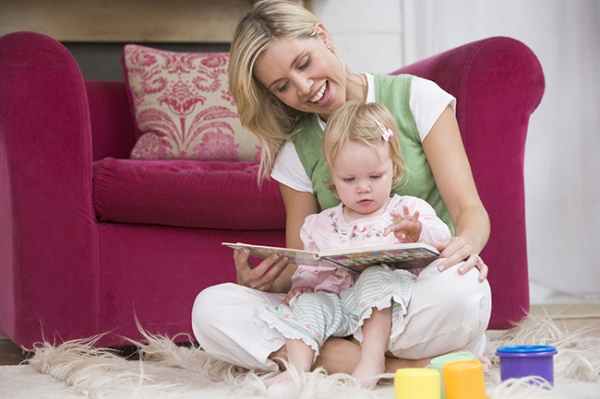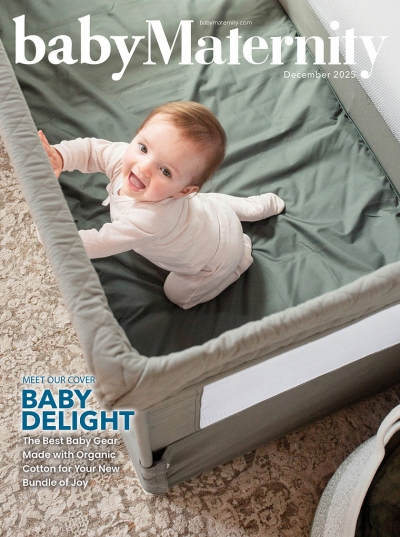Reading to Your Baby and Toddler
Jacob loves books. His mom knows this because when she sits down to read to him every night, he waves his arms excitedly.
His favorite page of "Goodnight Moon" shows a cow jumping over the moon. He squeals and reaches for the book every time he sees it. When she is done reading, his mom usually lets him hold the sturdy board book, which he promptly sticks into his mouth.
Jacob is only 6 months old, but he is already well on his way to becoming a reader.
Why Read to My Baby?
You may wonder about the benefits of reading to your baby. An infant won't understand everything you're doing or why. But you wouldn't wait until your child could understand what you were saying before you started speaking to him or her, right? Nor would you bypass lullabies until your baby could carry a tune or wait until he or she could shake a rattle before you offered any toys.
Reading aloud to your baby is a wonderful shared activity you can continue for years to come — and it's an important form of stimulation.
Reading aloud:
- teaches a baby about communication
- introduces concepts such as numbers, letters, colors, and shapes in a fun way
- builds listening, memory, and vocabulary skills
- gives babies information about the world around them
Believe it or not, by the time babies reach their first birthday they will have learned all the sounds needed to speak their native language. The more stories you read aloud, the more words your child will be exposed to and the better he or she will be able to talk.
Hearing words helps to build a rich network of words in a baby's brain. Kids whose parents frequently talk/read to them know more words by age 2 than children who have not been read to. And kids who are read to during their early years are more likely to learn to read at the right time.
When you read, your child hears you using many different emotions and expressive sounds, which fosters social and emotional development. Reading also invites your baby to look, point, touch, and answer questions — all of which promote social development and thinking skills. And your baby improves language skills by imitating sounds, recognizing pictures, and learning words.
But perhaps the most important reason to read aloud is that it makes a connection between the things your baby loves the most — your voice and closeness to you — and books. Spending time reading to your baby shows that reading is a skill worth learning. And, if infants and children are read to often with joy, excitement, and closeness, they begin to associate books with happiness — and budding readers are created.
Different Ages, Different Stages
Young babies may not know what the pictures in a book mean, but they can focus on them, especially faces, bright colors, and contrasting patterns. When you read or sing lullabies and nursery rhymes, you can entertain and soothe your infant.
Between 4 and 6 months, your baby may begin to show more interest in books. He or she will grab and hold books, but will mouth, chew, and drop them as well. Choose sturdy vinyl or cloth books with bright colors and repetitive or rhyming text.
Between 6 and 12 months, your child is beginning to understand that pictures represent objects, and most likely will develop preferences for certain pictures, pages, or even entire stories. Your baby will respond while you read, grabbing for the book and making sounds, and by 12 months will turn pages (with some help from you), pat or start to point to objects on a page, and repeat your sounds.
Related Article: The Brain Science That Changes Parenting












